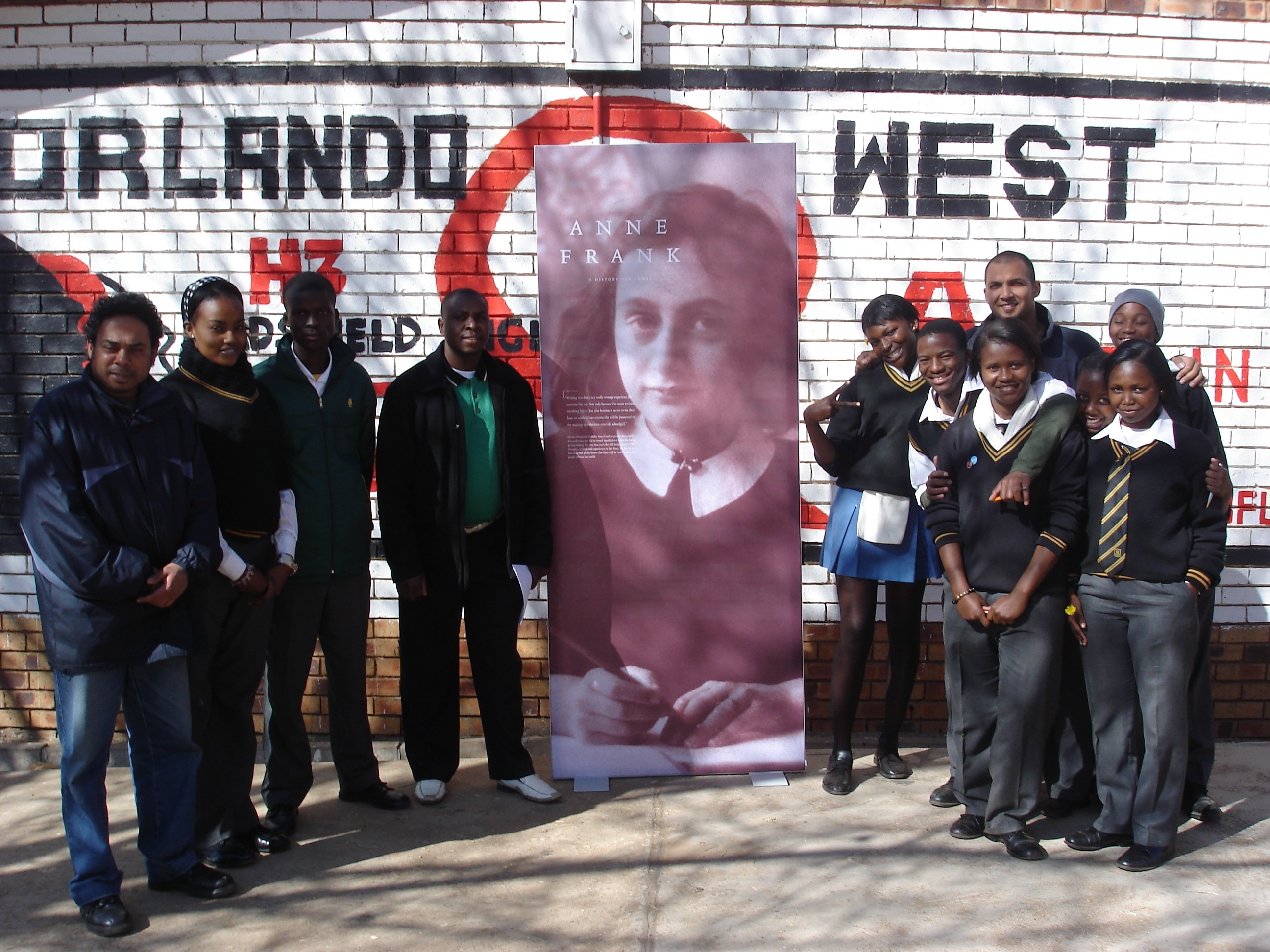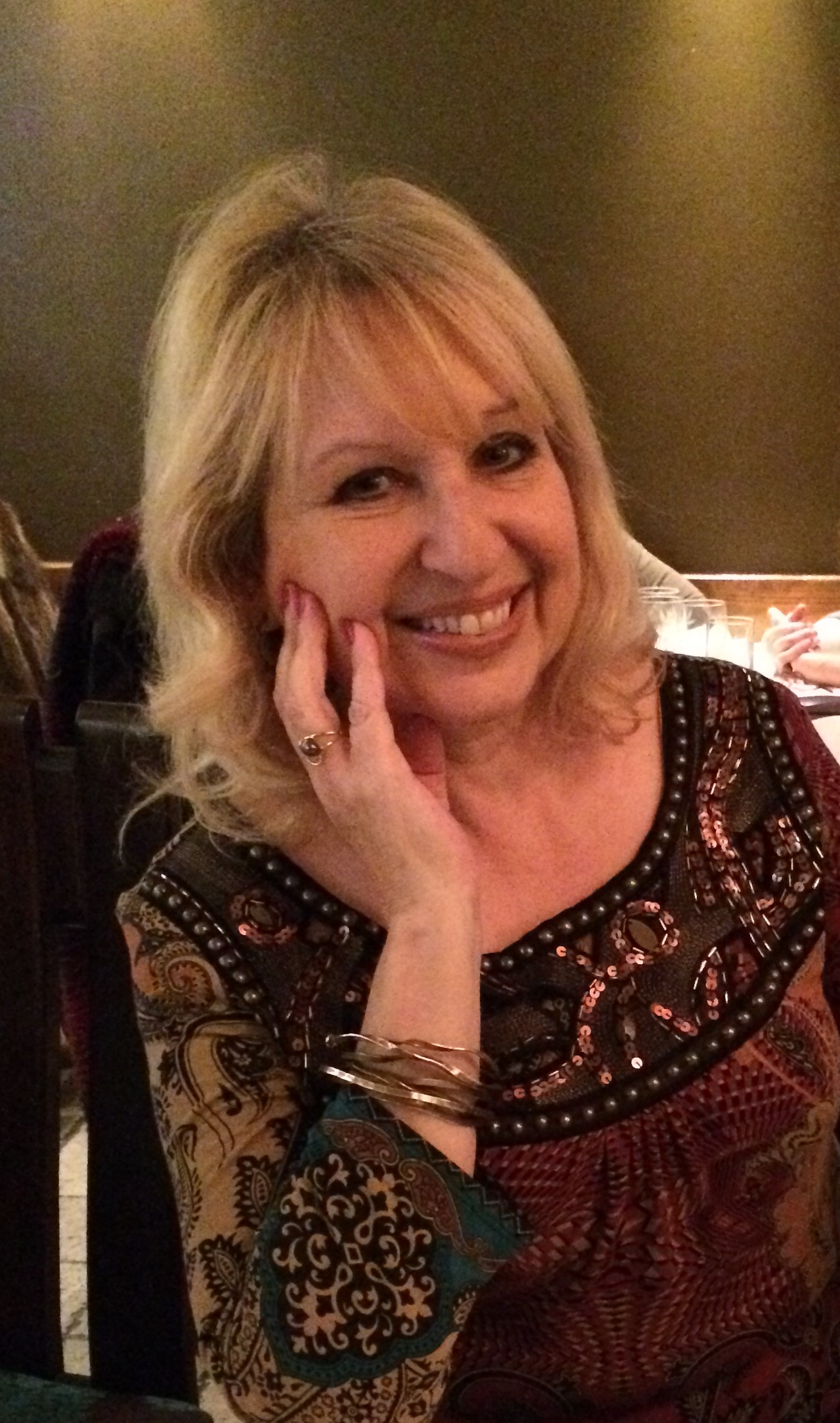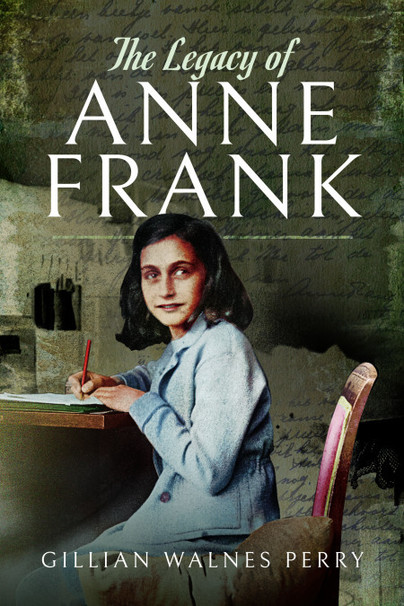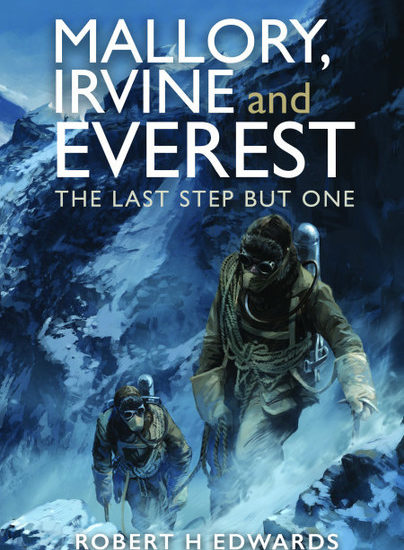Author Guest Post – Gillian Walnes Perry
The teenage diarist and Holocaust victim Anne Frank was born on 12 June 1929, and had she been allowed to have lived out her life in peace, or had miraculously survived the horrors of Auschwitz and Bergen-Belsen, she could be marking her 92nd birthday this month.

On her 13th birthday, Anne received a red and white check covered notebook, a gift from her parents. This was not a complete surprise, as she had spotted it displayed in a local book shop window a few days earlier and had dropped a few hints that it would be a much-appreciated gift, just as our own kids do in the run up to their birthdays or Christmas. Probably what attracted Anne to the notebook was a brass lock on its cover, a useful addition for someone who was about to divulge her most intimate thoughts inside it. Just a few days after receiving the gift, Anne wrote, ‘Writing in a diary is a really strange experience for someone like me. Not only because I’ve never written anything before, but also because it seems to me that later on neither I, nor anyone else, will be interested in the musings of a thirteen-year-old school girl’.
Not interested? To date Anne’s diary has been translated into over 70 languages, and has been described as the most widely read non-fiction work in the English language after the Bible.

For 26 years I was the Executive Director of the Anne Frank Trust UK, the British educational charity I had founded in 1990 along with family and friends of Anne’s father, Mr Otto Frank. During those years, I was privileged to meet and befriend many people who knew Anne personally and shared their recollections of her with me, including the heroic helper of the Frank family in hiding, Miep Gies, and Anne’s beloved first cousin Buddy Elias. I had also, through working closely with my colleagues at the Anne Frank House in Amsterdam, been party to the astonishing work they had been doing in countries around the world, in some of its most turbulent and violent regions.
Much has been written about Anne Frank, her life and writing, but on my retirement from the Anne Frank Trust in 2016, I felt I had a mission to chronicle for posterity the remarkable work done in her memory, both in the UK and internationally. I was fortunate that Pen & Sword also believed in this project and agreed to publish the finished book.
Fittingly for a book that covers the global reach of Anne Frank, I tapped away at the manuscript in several international locations, including Florida and Cape Town. I also spent some fascinating hours conducting interviews via Skype with colleagues in Moscow, Kyoto, Vilnius, Buenos Aires, Kolkata and even Beijing, gleaning a thorough understanding of how young people were using the messages of Anne’s tragic life to tackle social issues in their own countries.
The manuscript was submitted in the summer of 2017, and by August 2018, thanks to the publishers, I had a beautifully produced book in my hand, suitably titled ‘The Legacy of Anne Frank’. So began many months of travelling around the UK and the USA, by plane and Amtrak trains, doing readings from the book, inevitably followed by the thrilling experience of seeing people lined up with a copy of the book under their arm, waiting patiently for me to sign it. Fired by a mission to relate the powerful place of Anne’s story in the moral education of the next generations, I believed I would be doing this continuously over the coming years.
When the Covid pandemic hit us in early 2020, I already had my next book tour of the USA in place, including visits to New Jersey, Wyoming, New Mexico and California. As lockdown dug in, I was being asked to give lectures and readings via the wonders of Zoom. Accompanied on my Zoom ‘travels’ by a richly illustrated slide show, I was able to journey virtually to the far reaches of the English-speaking world, to the USA, Canada, Australia and South Africa, sometimes starting a lecture at midnight for the American east coast, and in one case, being the keynote speaker at an evening event in California, which meant my starting at 5.30 am in full makeup and appropriate attire.
People were fascinated to hear about the impact Anne Frank has had in shaping the lives of notable people such as Nelson Mandela and Audrey Hepburn (who became one of the Anne Frank Trust’s first patrons in 1991), of how teenagers in countries as far afield as Kazakhstan and Sri Lanka had responded to Anne’s story and how, nearer to home, British prisoners and teenagers in some of the UK’s most socially and economically challenged regions, were given aspiration and ambition for the future by learning about Anne and then imparting her story to their peers. Indeed, one literary critic referred to my book as a ‘handbook of hope’.

To my great surprise, in May last year a Google alert threw up that my book was high up the list of best sellers in Australia as those ‘Down Under’ were relating to Anne’s incarceration during their own lockdown. When speaking to virtual teenage audiences being home schooled, I would explain how Anne coped with her own ‘lockdown’ of being in hiding for her life from her Nazi oppressors. Writing, both in her diary and by creating fictional stories, gave her great solace in isolation from her friends, and in the final months before her capture, she was editing her diary for post-war publication. She also took great comfort in her memories of the outdoor natural world, which she readily admitted she had not at all appreciated when it was all around her prior to being cooped up in the claustrophobic hiding place. It has been interesting to discuss with young people how the acts of writing and appreciating nature touched their own time in lockdown.
Anne didn’t live to see her 16th birthday on 12 June 1945, as she had already died a terrible death from starvation and disease in Bergen-Belsen camp in the spring of that year, just a few weeks before its liberation by British forces. In almost the final words she wrote before her capture, she describes how she battled to hold on to her ideals as perhaps the day would come when she would be able to realise them. Tragically that day never came, but in ‘The Legacy of Anne Frank’ you will read how through determined educators, community activists and thousands of young people around the world, Anne’s ideals are being realised.
Gillian Walnes Perry MBE, speaker and lecturer see: www.gillianwalnesperry.com Anne Frank Trust UK: www.annefrank.org.uk

‘The Legacy of Anne Frank’ is published by Pen & Sword, ISBN 978 1 52673 104 3 “Unusual and illuminating . . . will appeal to all who are moved by and curious about Frank’s story and legacy, and everyone interested in humanitarian activism” The Booklist

The Legacy of Anne Frank is available to order here.

